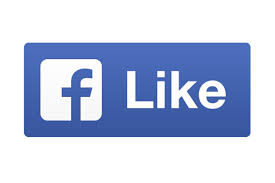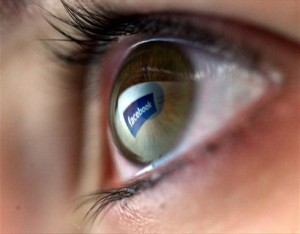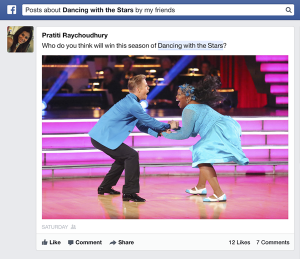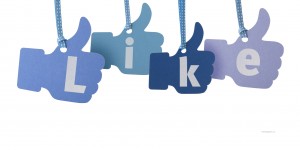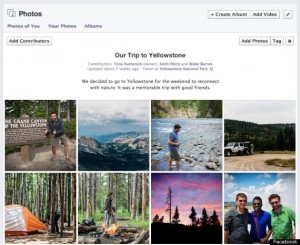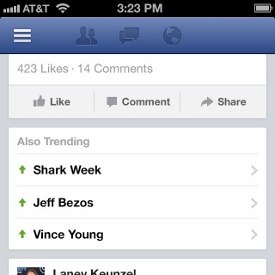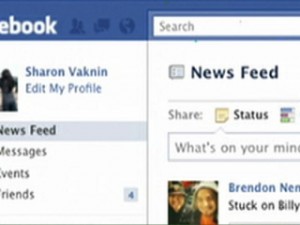What Lies Ahead for Snapchat
In Social Bookmarking, Social Media, Social Media News Brief, Social Networking, Web 2.0 | No comment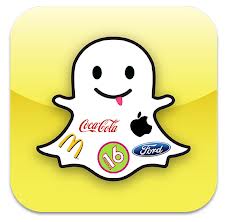
Needless to say, it’s no surprise that investment analysts are saying that Snapchat has a very long-lasting and lucrative future. The social network has more funding and a higher valuation than Instagram and even YouTube did when they were at Snapchat’s stage in their lifespan. It’s not too much of a shock that there have been rumblings of a $3 billion offer from Facebook hoping to purchase Snapchat. Many attribute Snapchat’s popularity to its lack of permanence, referring to the way snaps disappear after an allocated amount of time.
Facebook is not the only massive company that is interested in Snapchat, however. There are other rumors abound that Tencent, an enormous Chinese corporation involved in the biggest Chinese social networks, has already made a major investment in Snapchat. A partnership between the two companies is likely to be mutually beneficial, as it allows Snapchat to extend into Asia and Tencent to have their first American subsidiary.
Another recent news update for Snapchat is the recent hire of Emily White, who was formerly the director of business operations for Instagram. She will now be working as the COO of Snapchat and it’s very possible that this may be a way that Snapchat will be moving forward with advertisements and monetization. Instagram itself revealed its new ads in October, leading some to believe that White’s hire may lead to a shift in the marketing of Snapchat as well.


